ABOUT TEA
Possessing a rich and eventful history for thousands of years, tea is now renowned to be the next elixir of life, after water. With numerous legendary tales that speak of how this delightful beverage originally came to be to how it was consumed in the past, the days of yore dedicated to this wondrous, brightly shaded plant is strong and intriguing as the flavours of this herb itself! Known to have originated in South West China, the aspect of drinking tea has now risen to a level that is more of an art and a culture, enjoyed with friends and family to nurture care and togetherness, furthermore.
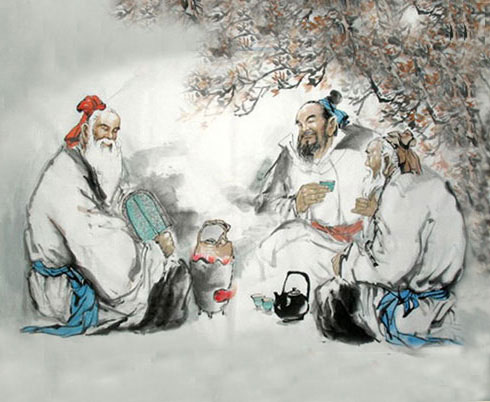
HISTORY AND FOLKLORE
While numerous legends surround the tea leaf and how it came to be, the most famous one out of all dates back all the way to 2737 BC, when the Chinese Emperor Shennong drank from a pot of boiled water that coincidentally had a few tea leaves in it, that had been blown in from outside. Looking back towards the more gory side to tales that have been passed by word of mouth, it has also been said that Bodhidharma, the founder of Chan Buddhism cut off his own eyelids in despair upon falling asleep whilst meditating. It is these eyelids which then grew into tea bushes!
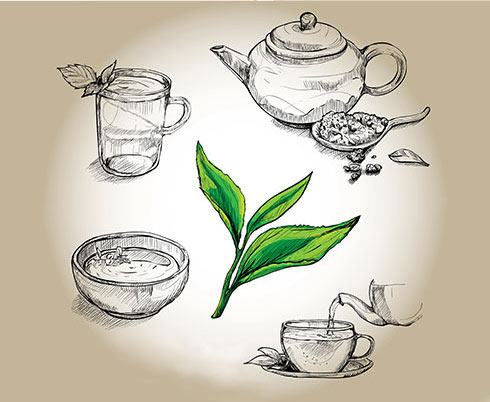
BIOLOGY AND THE BUD
An evergreen plant that is native to Asia, Camellia Sinensis is the biological name for the beverage that now forms a commonplace part of our daily lifestyles. Available in a variety of hues and flavours – from leaf green to dark red and from floral to grassy, the aspect of processing tea to reveal its final result as your daily cuppa is more of an art than a process itself; for example, plucking tea leaves only involves plucking the bud at the very top with 2 to 3 shoots around it, while tea tasting is a profession that requires skills that are only honed with time.
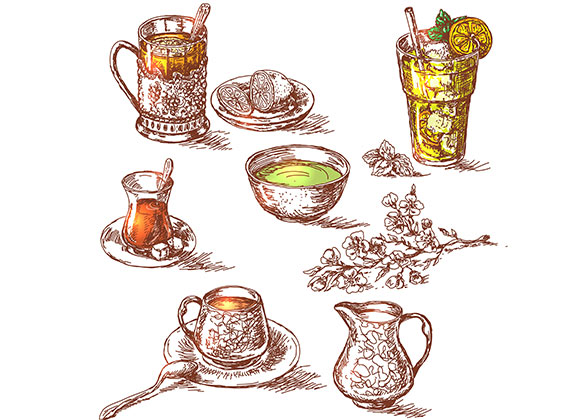
Varieties Galore
Did you know that there are hundreds of different types of teas out there, on a worldwide scale? Yes, owing to the tea bush’s high level of adaptability within numerous kinds of climates and terrains, it’s not surprising to find tea plantations in tropical countries such as India and Sri Lanka – all the way to temperate zones such as the United States and Canada. Owing to differences in weather, precipitation and processing conditions, the 4 main types of tea – white, black, green and oolong can deliver an array of interesting tastes to the tea connoisseur.
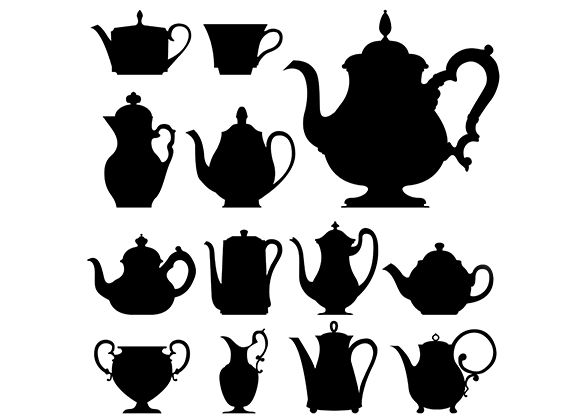
TEA AND CULTURE
What with being so widespread and a staple in peoples’ daily routines, tea drinking has now risen to be a gesture of much grandeur and sophistication in certain parts of the world. Take the United Kingdom, for example, where its Breakfast and Afternoon Teas are especially brewed for these 2 times of the day. Additionally, chai along the streets of India is a popular excuse for simply catching up with friends with a cuppa on your hand – even if it’s at the dead of night!
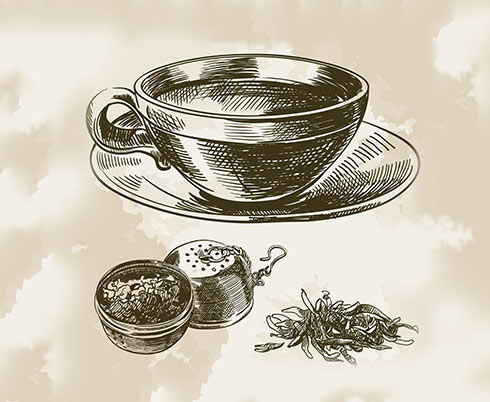
Therapeutic Values
What began as a medicinal drink during yester years is now an essential for evening get-togethers and other pastimes today. In addition to providing instant refreshment and waking your senses up, the catechins found in tea also aid in improving memory function, lowering cholesterol, reducing cancerous tumours, enhancing immunity against viral infections and shedding that extra belly fat!


